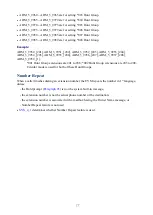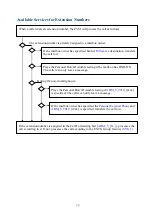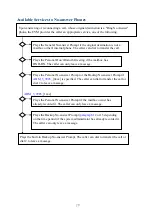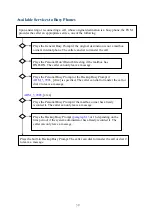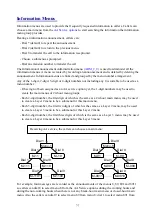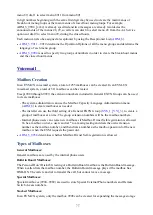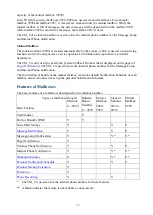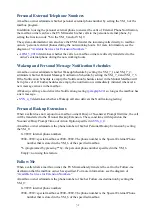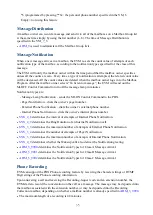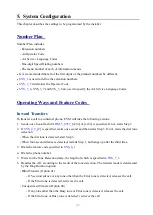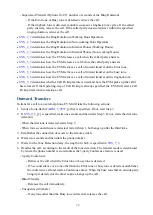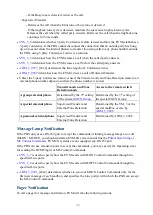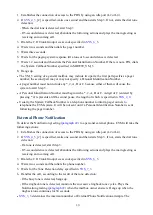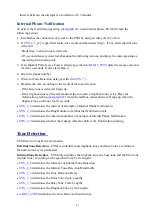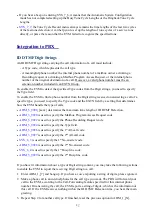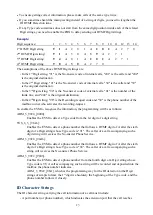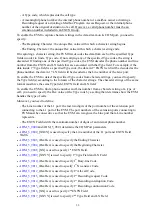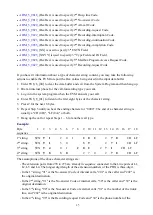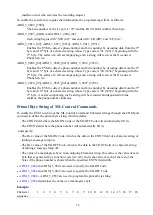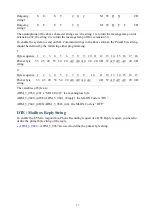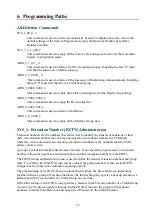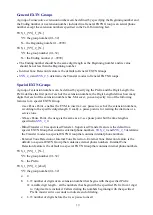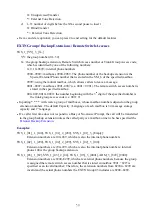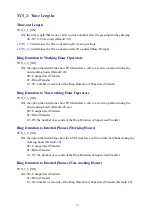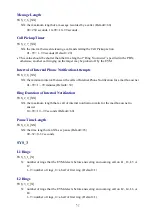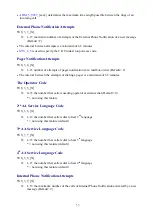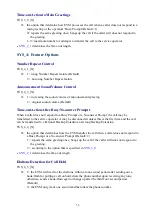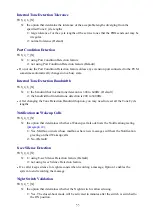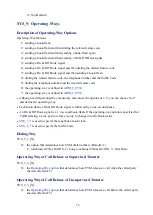
41
interval between the attempts is a minimum of 6.5 minutes.
Internal Phone Notification
To deliver the Notification greeting (
) to an internal phone, EVM will take the
following actions:
1.
Establishes the connection of access to the PBX by using an idle port (L2 or L4).
2.
_[2] is specified, waits one second and then starts Step 3. If not, starts the dial tone
detection:
-
Starts Step 3 when a tone is detected.
-
If 3-second silence is detected, abandons the following actions, and plays the main greeting as
answering an incoming call.
3.
If an Internal Path Access Code is already specified in
, dials the access code and
waits two seconds. If not, starts Step 4.
4.
Dials the phone number.
5.
Waits for Tone Detection delay specified in
6.
Handles the call, according to the result of the tone detection:
-
If the busy tone is detected, hangs up.
-
If the ringback tone is detected, monitors the successive ringback tone cycles. Plays the
Notification greeting (
) when the mailbox owner answers. Hangs up when the
ringback tone continues for 30 seconds.
determines the interval of attempts of Internal Phone Notification.
determines the Ring Duration of an Internal Notification call.
determines the maximum number of attempts of Internal Phone Notification.
determines whether the wakeup calls also deliver the Notification greeting.
Tone Detection
EVM has two Tone Detection modes:
External Tone Detection
– EVM can identify most ringback tones and busy tones, according to
the built-in tone cycle parameters.
Internal Tone Detection
– EVM only identifies the ringback tone, the busy tone and the Error tone
(reorder tone), according to the specified Tone Cycle lengths.
determines the tolerance of Internal Tone Detection.
determines the Internal Tone Detection Bandwidth.
determines the Tone Detection Delay.
determines the Error Tone Cycle Lengths.
determines the Busy Tone Cycle Lengths.
determines the Ringback Tone Cycle Lengths.

